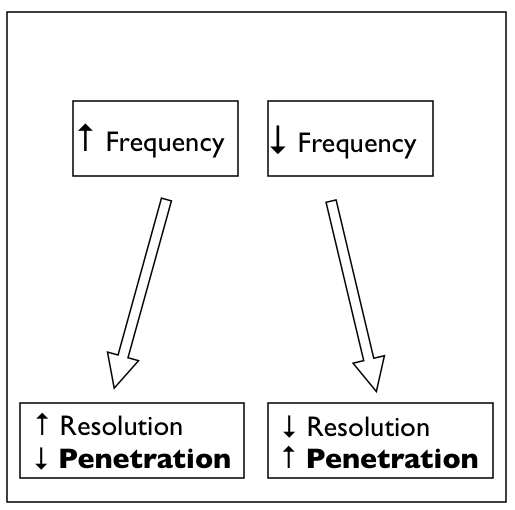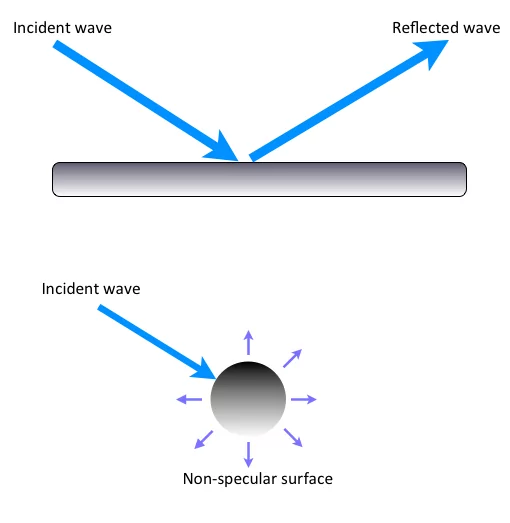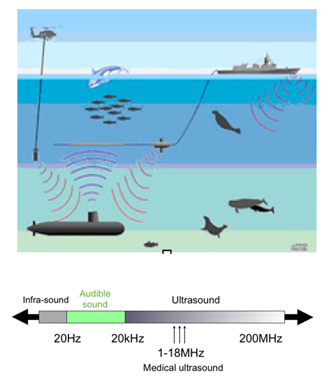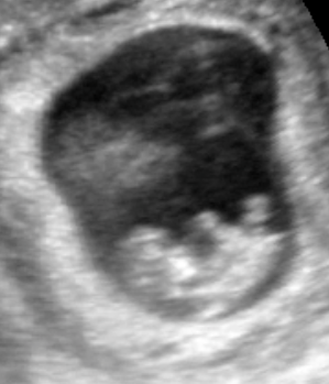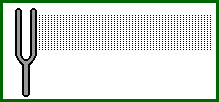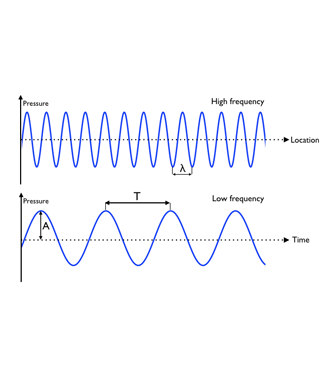Transmission
When the sound wave propagates in a medium without striking any interfaces, it passes through the interface without any reflection, scattering or refraction (change of sound wave’s direction)
In a homogeneous medium the transmission is only reduced by absorption
Even in a heterogeneous medium some of the sound wave is usually transmitted when it strikes an interface
Penetration
The ability of a sound wave to penetrate through tissue depends on the attenuation. This loss of penetration capacity is proportional to frequency
Penetration expresses how deep the ultrasound wave can penetrate down into the tissue
